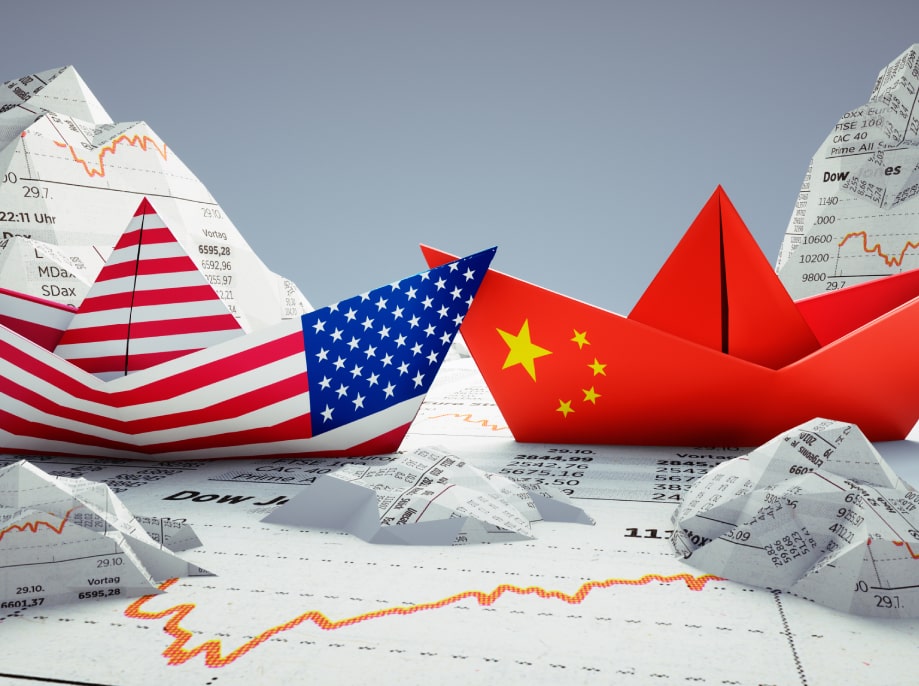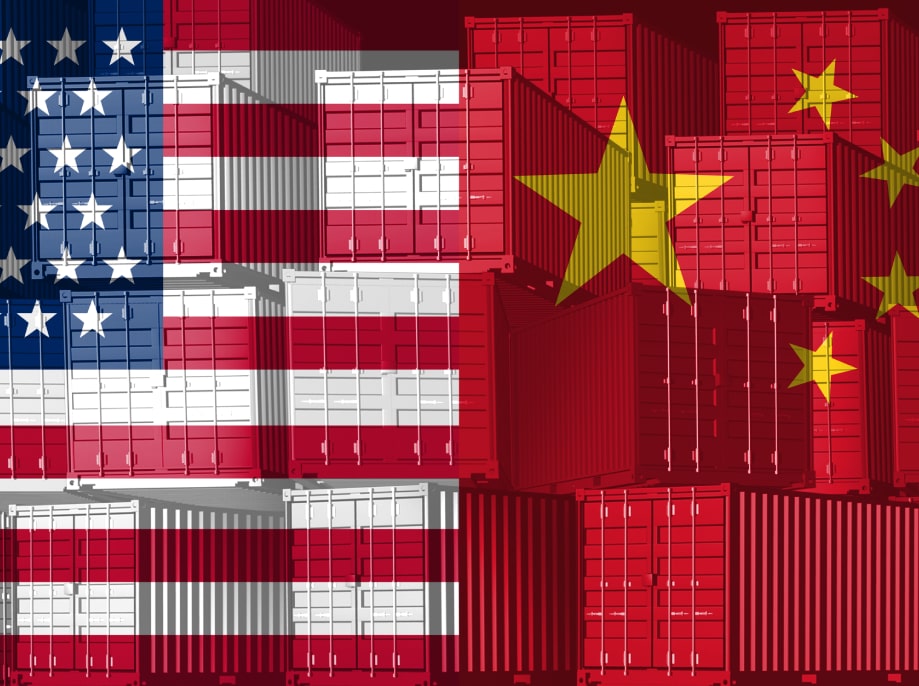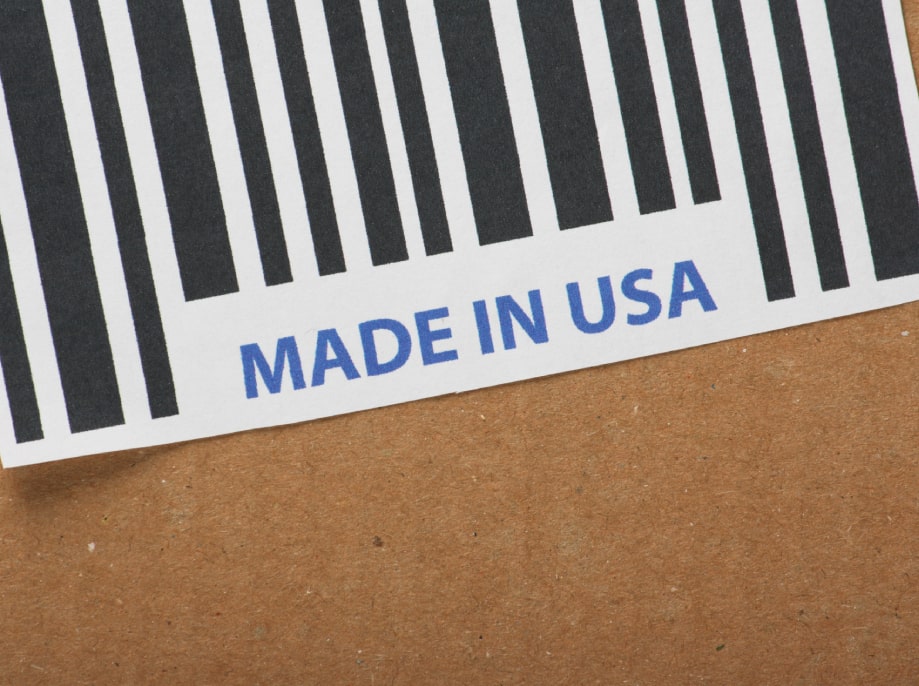
There is a lot going on in the world right now. The world has been crippled by a global pandemic. People are dealing with a highly contagious disease and the financial fallout that has followed. On top of the COVID-19 outbreak, there are other things that the world is forced to be worried over. Specifically, a potential trade war. After July 1st, the North American Free Trade Agreement was reworked into the US Mexico Canada (USMCA) and went live.
What does this mean? Well, it means a lot of uncertainty among a time that there are rumors of a potential second trade war circulating around. This has been in the air before COVID-19 extended its ugly reach across the globe and so much had to come to a stand-still. Since 2018, the abolished NAFTA was there, threatening the possible trade war. This was combined with new tariffs on China and European goods. It was stopped for a little; bit due to COVID-19, but now those rumblings are back again.
A Look at the Chinese Tariffs Over Time

This chart was collected by Piie, which shows imports from China into the United States. You can see the differences from 2018 up to 2020.
The Intentions of the USMCA When It Was First Signed
The USMCA seemed to lean towards being more trade-restrictive than trade-liberalizing when first signed in January. Regardless, at the time; the danger of a North American breakdown seemingly went away. The majority of the Section 301 tariffs on China seemed to still be in effect, even though a Phase One tariff deal with made with China that same month. For a moment, it seemed that the US-China trade relationship was stable, which is something that is incredibly needed during this extreme time of uncertainty.
The United States doesn’t have a new deal with Europe. However, the United States did apply tariffs during the Boeing-Airbus dispute at a lower rate than expected. Afterward, the Trump administration did not follow through on Section 232. Section 232 is a national security tariff on cars and automobile parts. This also includes European taxation of US digital providers. Thankfully, talks under the OECD did seem to defuse the issue. But, what happened when a global pandemic decided to step through the front door and say hello?
Did A Global Pandemic Stop a Trade War? Or Just Ignite the Fire?
What did a global pandemic do to a potential trade war? Well, it had seemed at some point that a trade war had been thwarted. But, COVID-19 brought with it other economic problems that need to be faced. Why is that? Well, because the tariffs that we had previously mentioned are being brought into question. This means that things are back to being brought back to a much unsteadier time and as a result, a second trade war could be on the rise. Let’s break down all the facts that lead us to believe that a potential new trade war could be on the rise. It all began on Capitol Hill.
United States Trade Representative Robert Lighthizer had previously expressed that the deal was going well with China. In fact, Lighthizer testified on Capitol Hill that this was true. Unfortunately, his statement was soon corrected by a presidential tweet that stated that Lighthizer was wrong in his statement. You can see the tweet below in connections to the aforementioned Lighthizer statement that Trump had seemingly contradicted.

As if that weren’t confusing enough, the top White House trade official Peter Navarro put out a statement revealing the US-China trade deal to be over. Of course, the president corrected this statement as well. Navarro then retracted his statement. The Phase One does remain place, but it is very uncertain as to whether or not it is working and if it works well. On top of that, the Chinese government had issued a warning that crossing any red lines will put the current deal in jeopardy.
Let’s Move Onto Canada
When the United States threatened to impose new barriers on Canadian aluminum imports just a couple of months ago, it was viewed as a bold move. Canada had been worried about tariffs on steel and aluminum for a while. In general, lead-ups to new trade agreements are seen as a method to settle any major issues between countries. This is why it was so strange and unusual to see this threat, a large one in fact; to happen during adoption ceremonies. This COVID-19 outbreak has certainly made tensions worse.
What About Europe?
Now let’s talk about Europe. Within the past two months, the US has announced a potential new tariff on $3.1 billion of imports from the EU and the UK. This has been a part of a very long period of dispute between the United States and Europe. All having stemmed from allegations of subsidies to Airbus and Boeing. This string of new tariffs is seemingly the end to partial US forbearance. The follows a WTO, which the EU awaits on, as it could permit a large and new EU tariff on US exports. On top of this, America has announced that it would actually leave the OECD digital tax talks.
How Likely Is a Trade War?
Based on these ongoing threats, businesses should certainly prepare themselves. It’s time for companies to understand how things operate within their supply chain. Keeping up on well-researched data is imperative to understanding what could happen if a trade war begins. This is the perfect way to ensure any sort of surprises. It also means that companies can have contingency plans in the case that a trade war does rear its ugly head. And if tensions keep rising, it seems like it is only a matter of time before the large countries of the world feel the need to make these big statements on tariffs.





